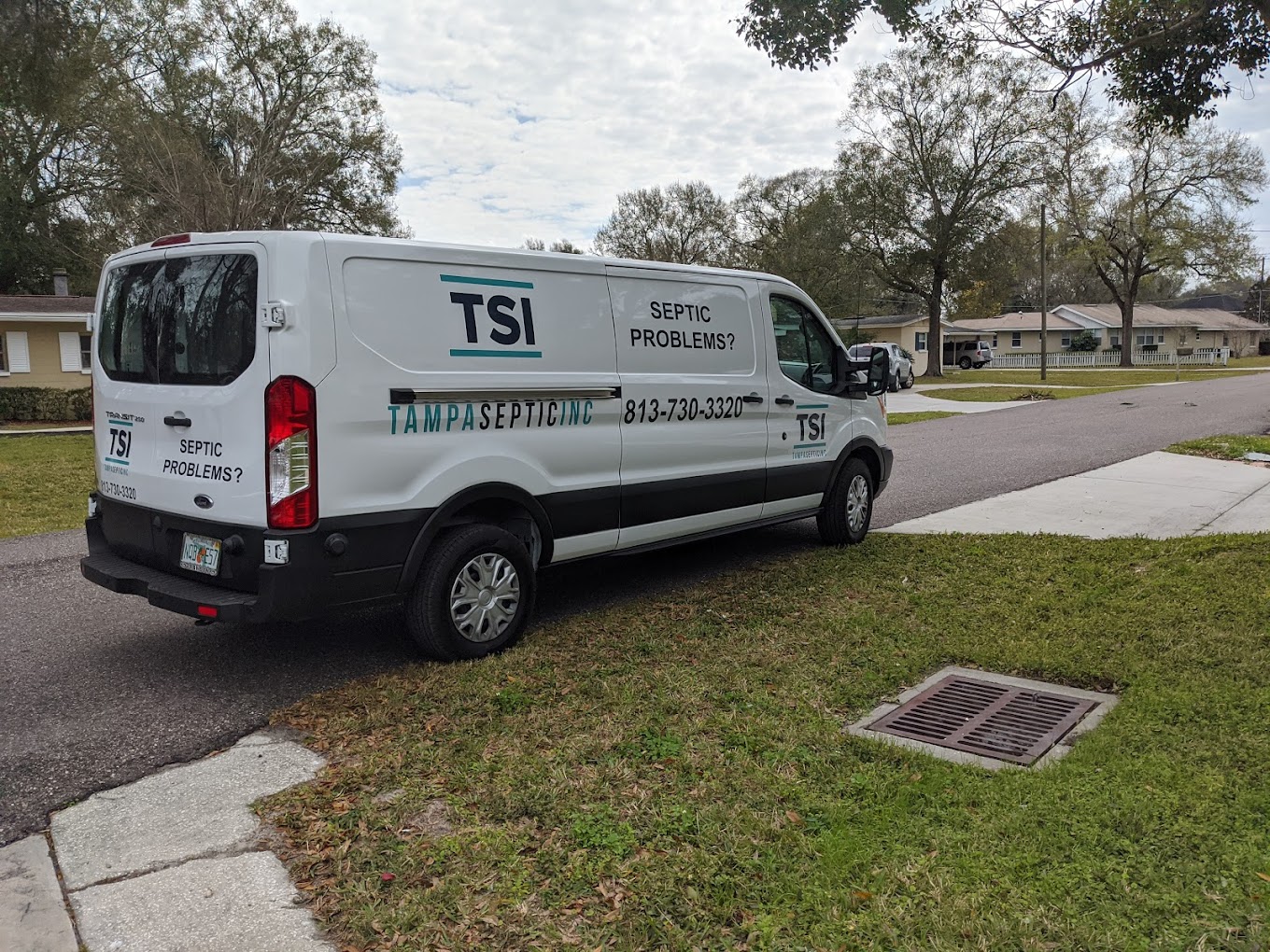A septic system can be something you never see or worry about, or it can be an issue that keeps cropping up. An important part of every septic system that’s often overlooked is the septic drain field. Without a properly functioning drain field, the entire system is unable to send the treated effluent back into the soil, and the entire system will back up and become unreliable.
There are several major factors that determine the success of your septic drain field. The first is the soil type that the drain field is placed in. Different soil types handle the effluent in different ways, and the slope of the property will affect how quickly runoff water and the effluent discharged into the soil precipitate out. The third factor in successful septic drain field engineering is the placement of the field. Various local, state, and federal regulations affect how far the drain field must be from property lines and other structures.
Septic drain fields are usually dug fairly shallowly, so it’s important that the field be in an area that will not be driven over by vehicles. The weight of a truck or even a light passenger car can compress the soil and crack the pipes of the septic drain field, compromising the ability of the system to spread the effluent most effectively and leading over time to areas of significant bacterial and biomat growth. The last and most important aspect of septic drain field design is making sure that the system can handle the amount of waste water generated.
At Tampa Septic, we work with each of our clients to make sure that their particular septic system meets their needs. Please contact us today for more information.



